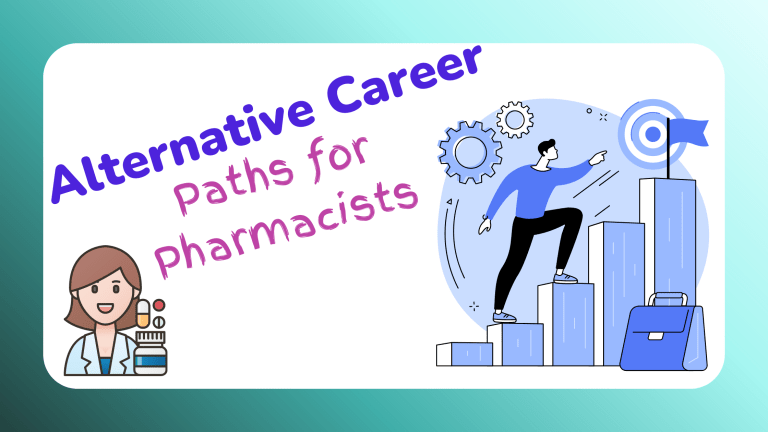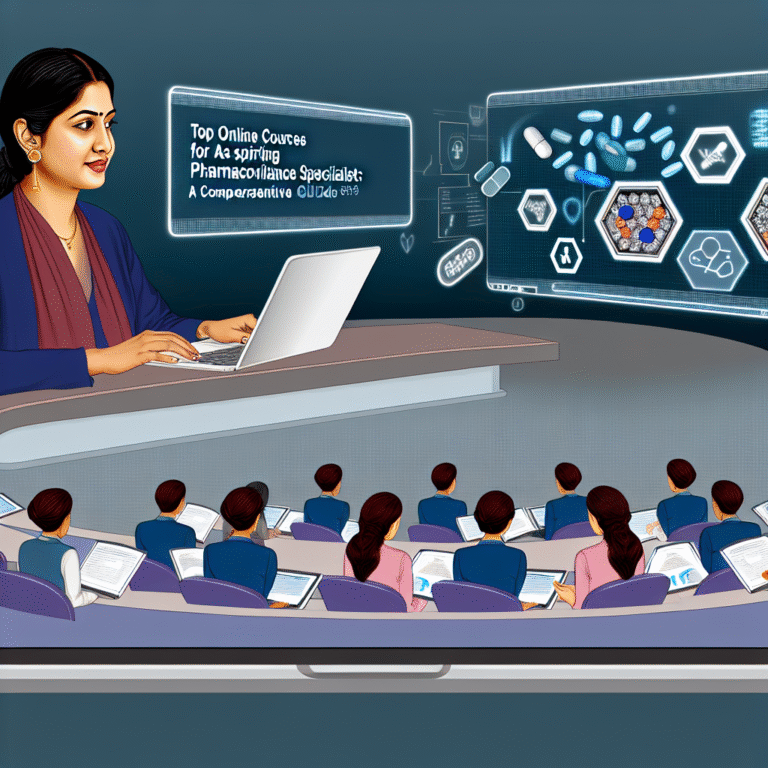The Ultimate Guide to Pharmacovigilance: Ensuring Drug Safety and Patient Well-being
The Ultimate Guide to Pharmacovigilance: Keeping Drugs Safe and Helping Patients Feel Better
Welcome to the ultimate guide on pharmacovigilance! This is all about making sure that the medicines people take are safe and that patients stay healthy. But what does pharmacovigilance mean? It’s the science and actions involved with finding, understanding, and preventing the bad effects or other problems related to drugs. In healthcare, pharmacovigilance is super important because it helps keep an eye on how safe medicines are.
This guide will help you learn everything you need to know about pharmacovigilance, from the basics to what’s coming next. You’ll learn about rules, important parts, and how technology helps. By the end, you’ll see that pharmacovigilance is all about making sure drugs are safe and patients are healthy.
1. What is Pharmacovigilance?
Let’s look back to see where pharmacovigilance started and how it has changed. It began in the middle of the 20th century after a terrible event with a drug called Thalidomide made people realize how important it was to have rules for drug safety. Since then, the field has grown with important ideas like quickly spotting and managing side effects of drugs. The main goals are always to keep patients safe and make health care better.
To reach these goals, there are rules and guides all over the world, like the International Council for Harmonisation (ICH) guidelines, Good Pharmacovigilance Practices (GVP), and rules in specific countries like the FDA in the USA and EMA in Europe.
2. Important Parts of Pharmacovigilance
Pharmacovigilance has several important parts:
– Watching for Bad Reactions to Drugs: Always keeping track of drugs to see if they’re safe and finding any possible risks.
– Risk Checking and Management: Keeping an eye on any risks with using drugs and trying to fix them.
– Finding Signals and Checking Them: Looking for patterns in data that might mean safety issues and then checking them out.
All these parts work together to make sure drugs are safe.
3. The Role of Regulatory Authorities
Regulatory authorities are key to pharmacovigilance. In the USA, the FDA checks drugs closely. In Europe, the EMA makes sure rules are followed among countries. The World Health Organization (WHO) sets global rules and helps countries work together.
Countries have their own centers for pharmacovigilance that gather data, check risks, and deal with new drug problems. Groups like ICH and the WHO Programme for International Drug Monitoring help countries work together to make drugs safer.
4. The Pharmacovigilance Process
Pharmacovigilance has a few important steps:
– Collecting Data: Getting information from health workers and patients who volunteer it, companies that have to report it, and from looking at electronic health records.
– Managing and Analyzing Data: Using systems to organize and understand the information to look for patterns and risks.
– Telling Others and Taking Action: Quickly telling people about risks that are found and what to do about them.
Following these steps makes sure any drug safety issues are dealt with fast and well.
5. Tools and Technologies in Pharmacovigilance
Today, technology really helps pharmacovigilance:
– Databases and Software: Tools like VigiBase, EudraVigilance, and the FDA Adverse Event Reporting System (FAERS) help manage and analyze data.
– Artificial Intelligence and Machine Learning: These find patterns and predict problems in new and smart ways.
– Big Data and Real-World Evidence: Using lots of data from real-life drug use to learn more.
These technologies make pharmacovigilance much better at keeping drugs safe.
6. Challenges in Pharmacovigilance
Even though pharmacovigilance is important, there are still challenges:
– Not Enough Reporting of Bad Events: Some safety issues might not be noticed if they’re not reported.
– Data Privacy and Security: Keeping patient data safe while using it for analysis.
– Balancing Drug Benefits and Risks: Making sure drugs’ good effects are bigger than their risks.
Fixing these challenges is critical for good pharmacovigilance.
7. Making Pharmacovigilance Better
To make pharmacovigilance better, we can:
– Encourage Reporting of Bad Reactions: Make it easier to report and show healthcare workers why it’s important.
– Education and Awareness Programs: Teach and inform healthcare workers and patients about watching drugs carefully.
– Include in Drug Development: Use pharmacovigilance ideas early in making new drugs to reduce risks.
By focusing on these, pharmacovigilance can be better and more complete.
8. Global Trends and Future Directions
Pharmacovigilance keeps changing:
– New Issues: As biosimilars, gene therapies, and personalized medicine grow, new challenges and chances for pharmacovigilance come up.
– Impact of COVID-19: The pandemic made us quickly expand pharmacovigilance to check vaccine safety and how well they work.
– Future Looks: We expect more new ideas with better automation, more real-world data use, and new safety measures.
Keeping up with these trends means pharmacovigilance can handle future challenges.
Conclusion
Pharmacovigilance is super important in healthcare to make sure drug safety is always first. It helps protect patients by finding and managing risks with drugs. Keeping informed and actively joining in pharmacovigilance means healthcare workers can make a big difference in drug safety and patients’ well-being.
Extra Resources
To learn more about pharmacovigilance, check these out:
1. Books: “Pharmacoepidemiology and Pharmacovigilance” by Stella Arakaki.
2. Online Classes: Look for pharmacovigilance certification from schools.
3. Links to Regulatory Websites: FDA, EMA, WHO.
A Call to Action
Healthcare workers, please report bad drug reactions and join pharmacovigilance efforts. Join groups that support pharmacovigilance and lead in drug safety and patient health. We want your opinions and ideas for this guide so we can keep it useful.
Thank you for checking out this ultimate guide on pharmacovigilance. Together, we can make a big difference in keeping drugs safe and patients healthy!





